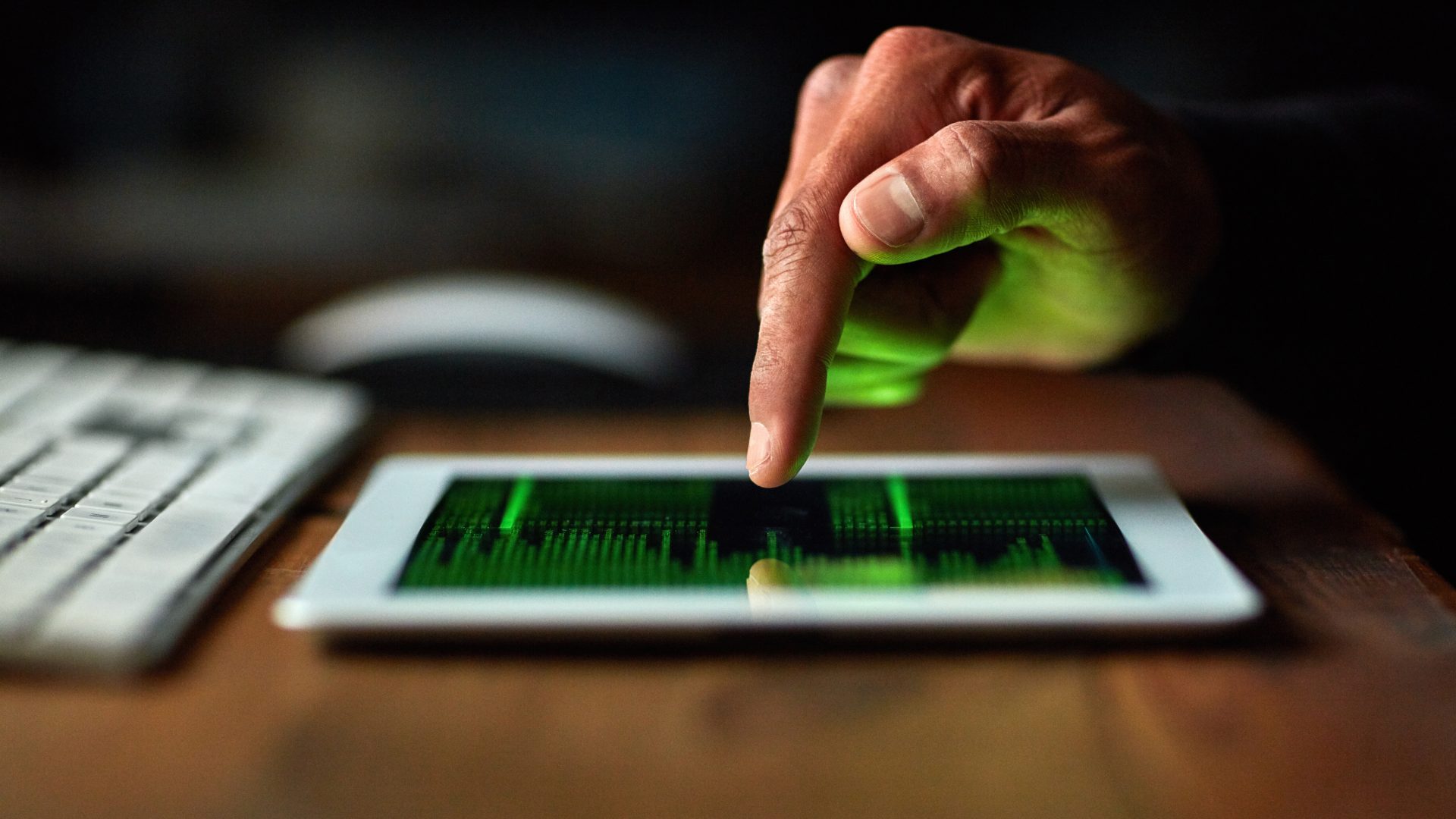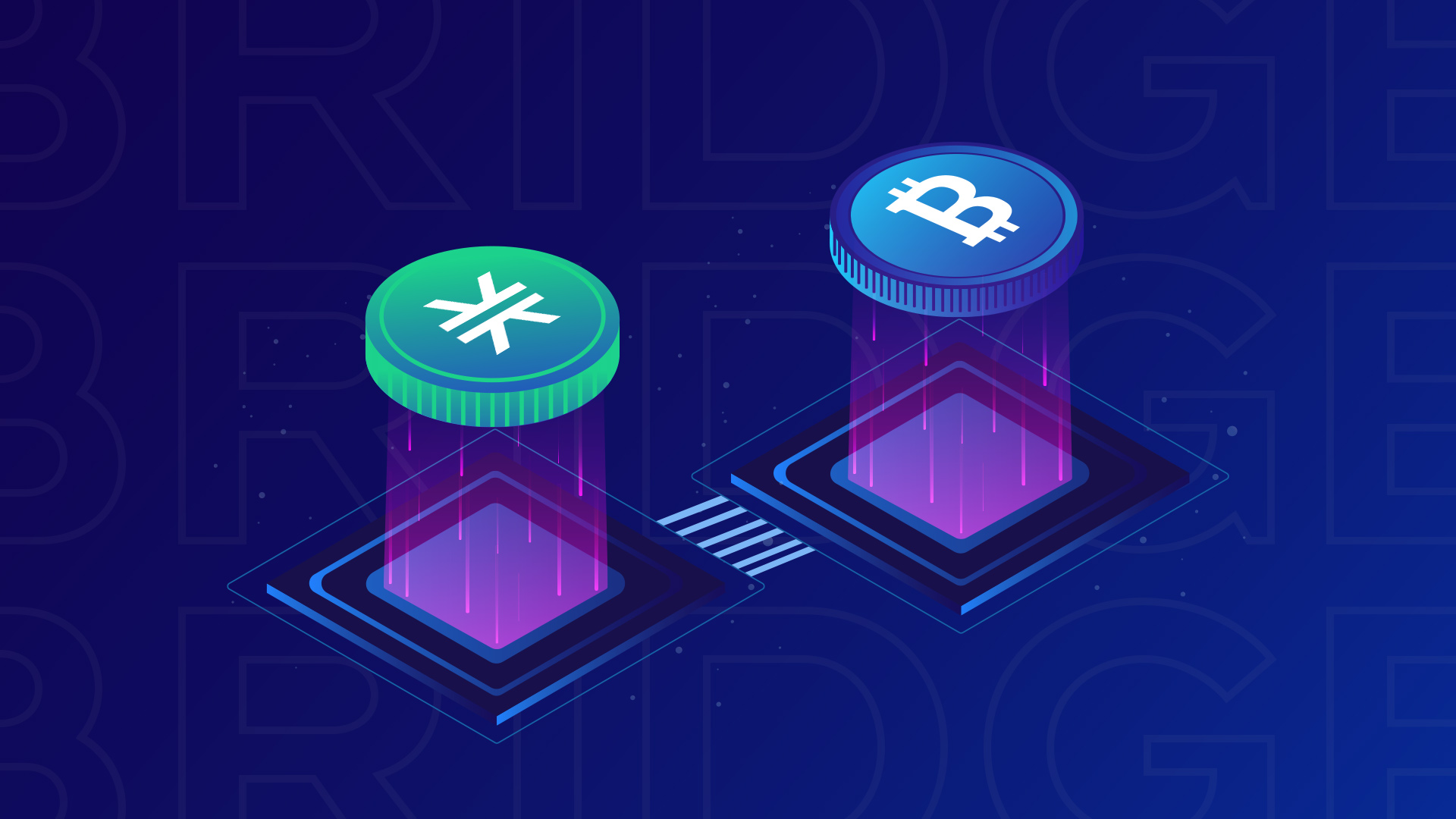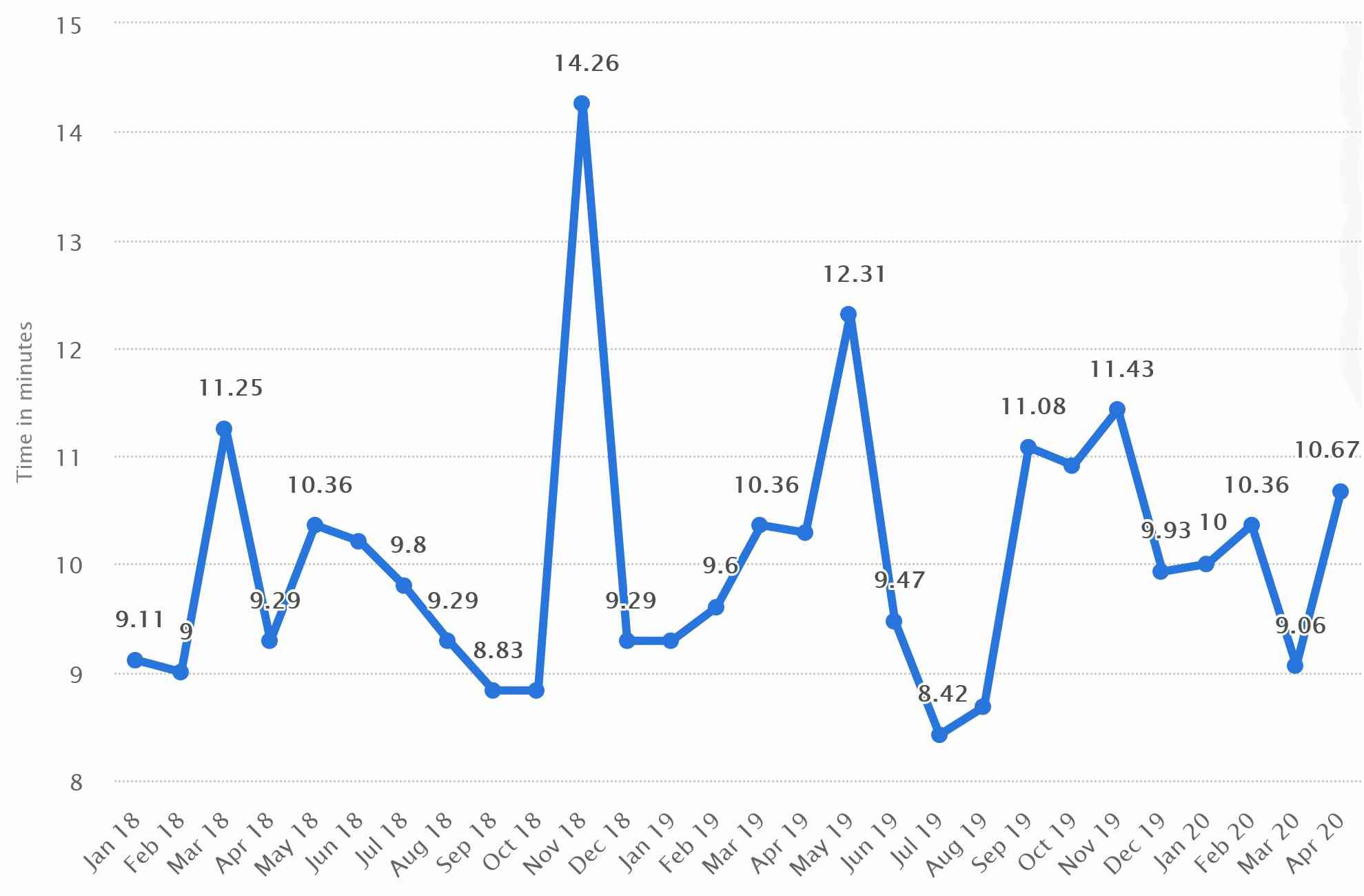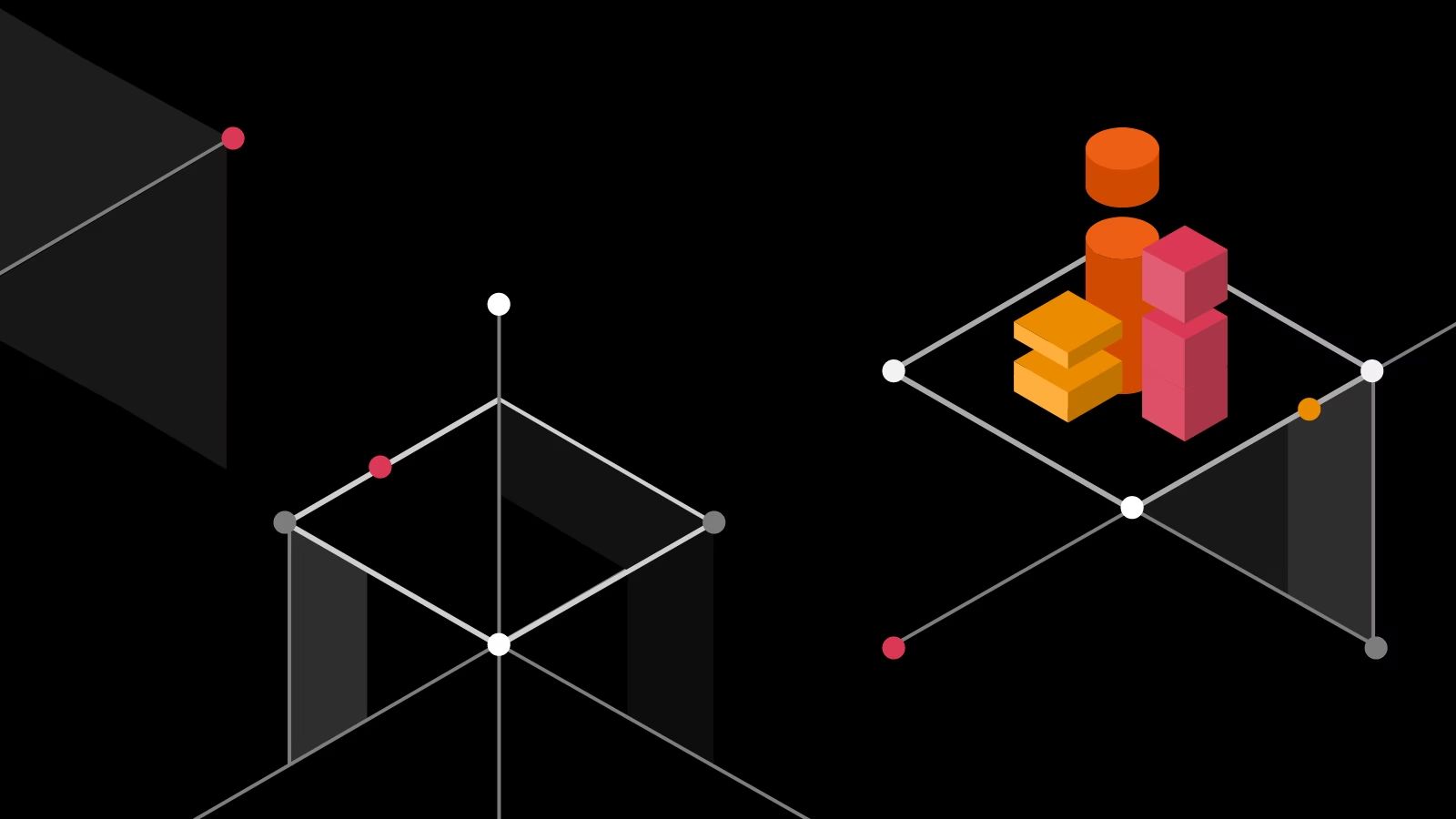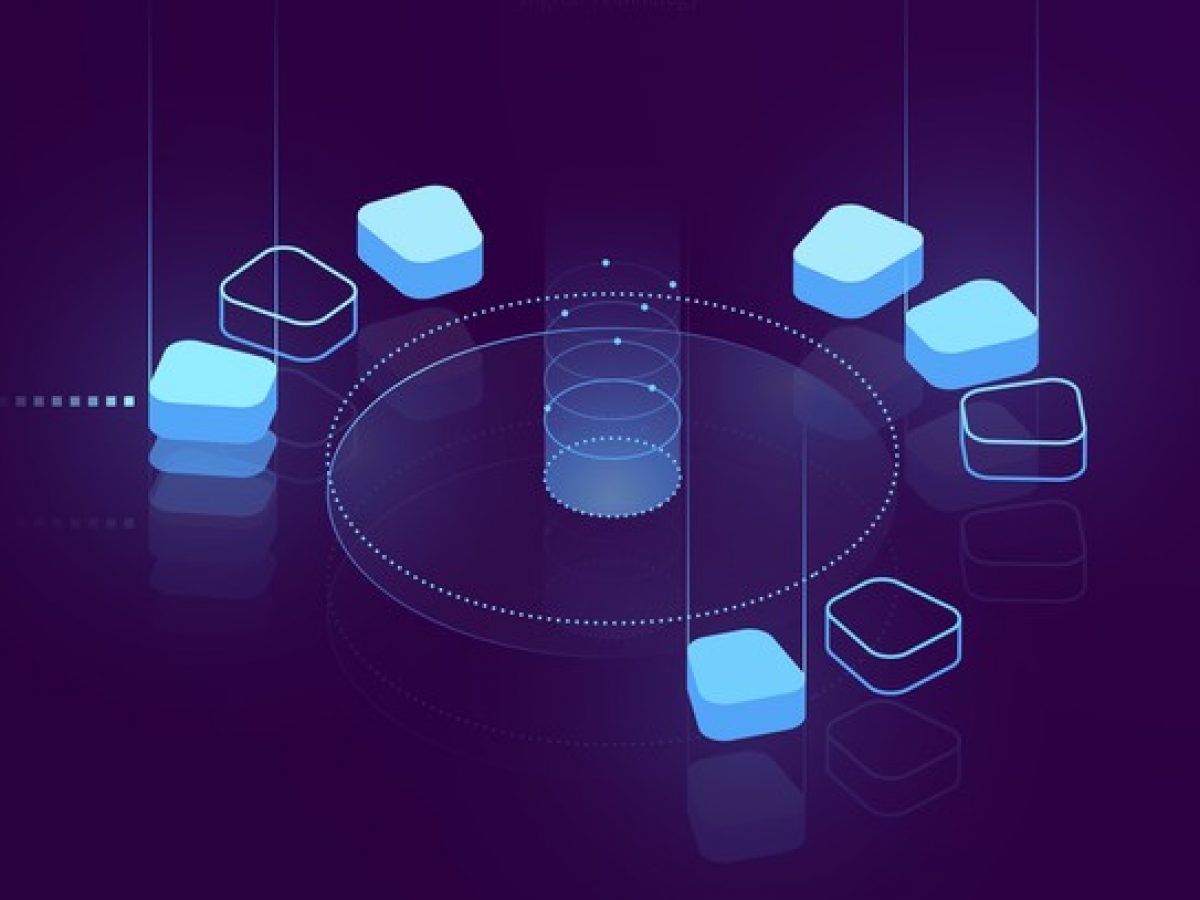Introduction
Welcome to the world of blockchain, an innovative technology that is revolutionizing various industries across the globe. From finance to supply chain management, healthcare to digital art, blockchain has the potential to transform the way we conduct transactions, manage data, and ensure transparency and security.
So, what exactly is blockchain? In simple terms, blockchain is a decentralized digital ledger that records transactions across multiple computers or nodes. Unlike traditional centralized systems, where a governing authority controls the ledger, blockchain allows for distributed consensus, enabling participants to verify and validate transactions independently.
This technology gained popularity with the rise of cryptocurrencies, such as Bitcoin, which is one of the earliest and most well-known blockchain applications. However, blockchain’s potential goes far beyond digital currencies. It offers a secure and tamper-proof way to store and share data, facilitate smart contracts, and create efficient supply chain systems.
In this article, we will delve into the concept of blockchain, explore how it works, and showcase several real-world examples to demonstrate its versatility and potential.
But before we dive into the examples, let’s take a closer look at the fundamental principles underlying blockchain technology.
What is Blockchain?
Blockchain, as mentioned earlier, is a decentralized digital ledger that records transactions in a secure, transparent, and immutable manner. It is essentially a chain of blocks, where each block contains a set of transactions. These blocks are linked together using cryptographic hashes, creating a chronological and continuous record of all transactions.
One of the key features of blockchain is its decentralized nature. Unlike traditional systems where a central authority controls the ledger, blockchain allows multiple participants or nodes to have a copy of the ledger. This distributed network ensures that no single entity has complete control over the data, making it resistant to manipulation, fraud, and censorship.
Another important aspect of blockchain is its transparency. Since every transaction is recorded on the ledger, anyone can view and verify the information, ensuring a high level of accountability. This transparency also helps in reducing fraud and enhancing trust among participants.
Immutability is a crucial characteristic of blockchain. Once a transaction is recorded on the blockchain, it becomes nearly impossible to alter or delete it. This is achieved through cryptographic hash functions that create a unique fingerprint for each block. Any change in the data would result in a different hash, making the alteration easily detectable.
Blockchain technology also incorporates the use of consensus algorithms to validate transactions and ensure agreement among participants. Different consensus mechanisms, such as Proof of Work (PoW) and Proof of Stake (PoS), are employed to maintain the integrity and security of the blockchain network.
Overall, blockchain provides a robust and secure framework for storing and managing data. Its decentralized and transparent nature brings numerous benefits such as increased efficiency, reduced costs, improved traceability, and enhanced security. Now that we have a basic understanding of what blockchain is, let’s explore how it actually works.
How Does Blockchain Work?
Blockchain technology operates through a combination of cryptographic algorithms, distributed consensus, and decentralized networks. Let’s go through the key components and steps involved in the functioning of a blockchain:
1. Distributed Ledger: At the core of blockchain is the distributed ledger, which is a continuously growing list of blocks containing transactions. Each participant in the network has a copy of the ledger, ensuring that no single entity has control over the data.
2. Transactions: Transactions are the building blocks of a blockchain. They can represent various types of interactions, such as financial transactions, ownership transfers, or the execution of smart contracts.
3. Block Formation: Transactions are grouped together in blocks. Once a block is filled with transactions, it is added to the blockchain. Each block contains a unique identifier called a cryptographic hash, which is based on the data of the previous block, creating a chain-like structure.
4. Consensus Mechanism: Consensus mechanisms ensure that all participants in the network agree on the validity and order of transactions. Popular consensus algorithms include Proof of Work (PoW) and Proof of Stake (PoS).
5. Validation and Verification: Before a transaction is added to a block, it needs to be validated and verified by the network participants. This process varies based on the consensus mechanism used.
6. Mining: In PoW-based blockchains, mining is the process of solving complex mathematical problems to validate transactions and add new blocks to the blockchain. Miners compete with each other to find the solution, and the first miner to solve it is rewarded with cryptocurrency.
7. Security: Blockchain achieves security through the use of cryptographic algorithms. Transactions are encrypted, and the hash of each block incorporates the data of the previous block, making it nearly impossible to tamper with the records.
8. Decentralization: Unlike traditional centralized systems, blockchain networks are decentralized, with multiple participants maintaining copies of the ledger. This structure ensures that no single entity has control over the data, reducing the risk of fraud or manipulation.
By combining these elements, blockchain technology creates a secure, transparent, and tamper-proof system for recording and managing transactions. Now that we have a clear understanding of how blockchain works, let’s explore some real-world examples of its application.
Example 1: Bitcoin
Bitcoin is one of the most widely recognized and pioneering examples of blockchain technology. Created in 2009 by an anonymous person or group of people using the pseudonym Satoshi Nakamoto, Bitcoin is a decentralized digital currency that operates on a peer-to-peer network.
Bitcoin utilizes blockchain technology to record and validate transactions without the need for intermediaries, such as banks or financial institutions. When a user initiates a Bitcoin transaction, it is broadcasted to the network, where it is added to a block.
Miners then compete to solve complex mathematical puzzles through the process known as mining. Once a miner successfully adds a new block to the blockchain, they are rewarded with newly created Bitcoins as an incentive for their efforts.
One of the key features of Bitcoin’s blockchain is its transparency. Anyone can view the transaction history on the blockchain and track the movement of Bitcoins from one address to another. However, the identities of the users involved in the transaction remain pseudonymous.
Bitcoin’s blockchain also ensures security through the use of cryptography and consensus mechanisms. Each transaction is encrypted, and the cryptographic hash of each block is linked to the previous block, creating a chain that makes altering the transaction history extremely difficult.
With its decentralized nature, Bitcoin offers a borderless and frictionless method of digital payments. It has gained popularity as a store of value and a medium of exchange, with numerous merchants and businesses accepting Bitcoin as payment.
While Bitcoin has faced challenges, such as scalability and regulatory hurdles, it continues to be a groundbreaking application of blockchain technology. Its success has paved the way for the development and adoption of various other cryptocurrencies and blockchain-based solutions.
Example 2: Smart Contracts
Smart contracts are another powerful application of blockchain technology. A smart contract is a self-executing agreement written in code that automatically executes predefined actions once the specified conditions are met. These contracts are stored on the blockchain and can be executed without the need for intermediaries.
Ethereum, a blockchain platform, is at the forefront of smart contract technology. It introduced a Turing-complete programming language that allows developers to create and deploy smart contracts on its blockchain. This opens up a world of possibilities for various industries, including finance, real estate, supply chain management, and more.
One of the significant advantages of smart contracts is their transparency and trustworthiness. The terms and conditions of the contract are encoded in the code, leaving no room for ambiguity or misinterpretation. The execution of the contract is automatic, eliminating the need for intermediaries to enforce the agreement.
For example, in a real estate transaction, a smart contract can be created to automatically transfer the property ownership once the buyer sends the payment. The contract would verify the payment, update the ownership records on the blockchain, and release the funds to the seller. This simplifies and streamlines the process, reducing costs and minimizing the risk of fraud.
Smart contracts also allow for greater efficiency and cost savings by automating complex processes. For instance, in the insurance industry, smart contracts can automate the claims process by verifying the occurrence of an insured event, validating the claimant’s eligibility, and releasing the payment accordingly.
While smart contracts offer numerous benefits, it’s important to ensure that the code is written correctly and securely. Even a small bug in the code can lead to unintended consequences and vulnerabilities. Smart contract audits and rigorous testing are crucial to mitigate such risks.
Overall, smart contracts are revolutionizing traditional contract processes by automating and streamlining transactions. With increased transparency, efficiency, and trust, smart contracts have the potential to transform various industries and create new opportunities for business transactions.
Example 3: Supply Chain Management
Blockchain technology has the potential to greatly improve transparency, traceability, and efficiency in supply chain management. The complex nature of global supply chains often results in challenges such as counterfeit products, opaque processes, and delays in tracking and verification.
By utilizing blockchain, supply chain stakeholders can create an immutable and transparent ledger that records every transaction, movement, and change of ownership for goods or products. This creates a reliable and auditable trail that can be accessed by all authorized participants in the supply chain network.
For example, in the food industry, blockchain can be used to track the journey of food products from farm to table. Each step in the supply chain, such as harvesting, processing, and shipping, can be recorded on the blockchain, ensuring the authenticity and safety of the food. In the event of a food recall, the blockchain can provide an efficient way to identify the source of contamination and remove affected products from the market.
Blockchain technology can also address the issue of counterfeit products. By recording each stage of production, including sourcing of raw materials, manufacturing, and distribution, stakeholders can verify the authenticity and origin of products. This reduces the risk of counterfeit items entering the supply chain and helps maintain brand integrity.
Moreover, blockchain can streamline the documentation and paperwork involved in international trade. With a shared and secure platform, customs authorities, shipping companies, and traders can access and validate necessary documents, such as bills of lading, certificates of origin, and trade invoices. This enables faster and more efficient cross-border transactions, reducing delays and costs associated with manual processing.
Implementing blockchain in supply chains, however, requires collaboration among all participants and standardization of data formats and protocols. It is crucial for stakeholders to agree on a common framework to ensure interoperability and benefit from the full potential of blockchain technology.
In summary, blockchain technology has the potential to revolutionize supply chain management by providing transparency, traceability, and efficiency. By tracking and verifying every transaction, stakeholders can mitigate risks, eliminate counterfeit products, and streamline processes, ultimately enhancing trust and optimizing supply chain operations.
Example 4: Healthcare Records
The healthcare industry handles vast amounts of sensitive patient data, making security, privacy, and accessibility of medical records critical. Blockchain technology offers a solution to these challenges by enabling secure and efficient management of healthcare records.
Traditionally, healthcare records are stored in fragmented systems, making it difficult for different providers to access and share patient information. With blockchain, a decentralized and interoperable network can be established, allowing authorized healthcare professionals to access and update patient records securely.
Blockchain ensures the integrity and immutability of healthcare records. Each entry or modification is recorded on the blockchain, creating an audit trail that is tamper-resistant. This enhances the trustworthiness of medical records and prevents unauthorized alterations.
Moreover, blockchain enhances patient privacy by enabling granular access control. Patients can grant permission to specific healthcare providers or researchers to access their medical data, while maintaining control over who can view or modify their records. This decentralized approach eliminates the need for a central authority to manage access rights.
Interoperability is a major challenge in healthcare, with different systems and formats used by various healthcare providers. Blockchain provides a standardized platform where records can be stored in a uniform format, facilitating seamless data exchange and sharing across different entities. This improves care coordination and reduces the risk of errors resulting from incomplete or outdated information.
Blockchain technology also enhances healthcare research and development. Researchers can access anonymized patient data for studies, while maintaining the privacy and confidentiality of individuals. The ability to securely share and analyze large datasets on the blockchain can accelerate medical discoveries and improve healthcare outcomes.
In addition, blockchain can play a crucial role in managing clinical trials. By recording trial data on the blockchain, researchers can ensure the integrity and transparency of trial results. This can help address issues such as data manipulation and reporting bias, ultimately leading to more reliable and trustworthy research findings.
While the adoption of blockchain in healthcare records is still in its early stages, many pilot projects and initiatives are underway. As the technology matures and regulatory frameworks are established, blockchain has the potential to revolutionize healthcare by providing secure, interoperable, and patient-centric health data management.
Conclusion
Blockchain technology has emerged as a powerful and transformative force across various industries. With its decentralized nature, transparency, and security, blockchain has the potential to revolutionize how we conduct transactions, manage data, and ensure trust in different sectors.
In this article, we have explored the concept of blockchain and its key components. We have seen how blockchain works through distributed ledgers, consensus mechanisms, and cryptographic algorithms. We have also examined real-world examples of blockchain applications, such as Bitcoin, smart contracts, supply chain management, and healthcare records.
Bitcoin, the pioneering cryptocurrency, has demonstrated the potential of blockchain to revolutionize digital transactions and challenge traditional financial systems. Smart contracts have brought automation and efficiency to traditional contract processes, enabling secure and self-executing agreements. Supply chain management has benefited from blockchain’s transparency, traceability, and efficiency, reducing the risk of counterfeiting and improving product safety. Blockchain has also shown promise in healthcare records, enhancing security, privacy, and interoperability in managing patient data.
While blockchain technology has shown tremendous potential, there are still challenges to overcome. Scalability, energy consumption, regulatory frameworks, and interoperability are among the issues that need to be addressed for widespread adoption. Nonetheless, ongoing research, development, and collaborations are paving the way for a future where blockchain plays a pivotal role in transforming industries.
As the technology continues to evolve, it is essential for businesses, governments, and individuals to stay informed and explore suitable use cases for blockchain. By harnessing the power of this groundbreaking technology, we can create more transparent, secure, and efficient systems that have the potential to reshape our world.







